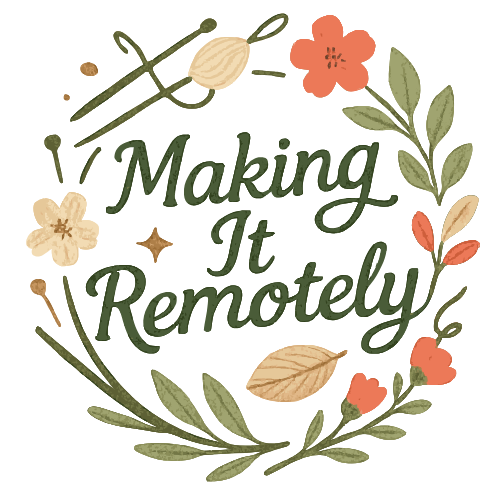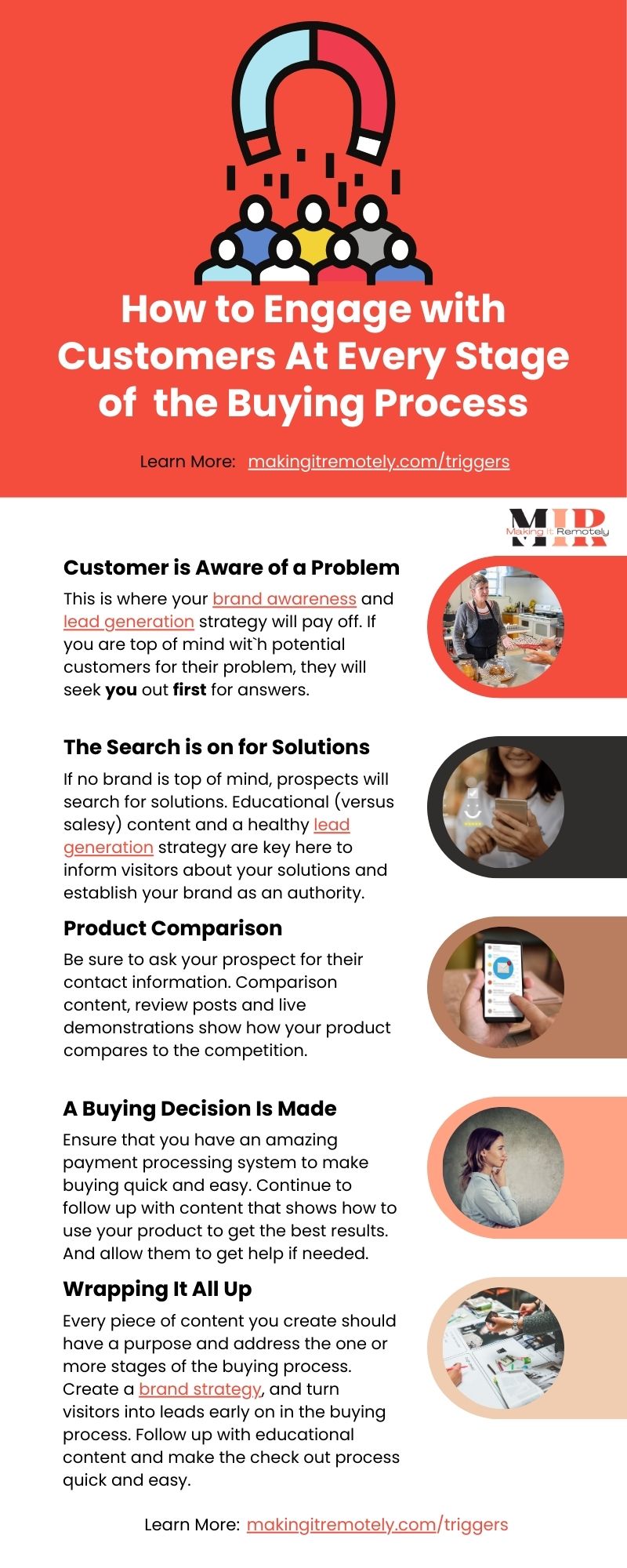To convert more visitors into buyers, it's important to understand the kinds of content that motivates your ideal customers to buy. What is it, that actually turns people who buy products like yours into loyal, enthusiastic customers? That is the million dollar question.
Its important to understand how consumer behavior affects consumers in your niche, the people who are an ideal match for your products. Using this information with a clear understanding of the buying process, is key to selling more.
According to the American Marketing Association, consumer behavior refers to the study of how customers, (both individuals and organizations), satisfy their needs and wants by choosing, purchasing, using and disposing of goods, ideas and services.
Knowing who you're selling to and understanding why they want or need your products is key to making a solid connection that converts to an increase in sales. This article will give you a few things to consider when creating content to achieve this goal.
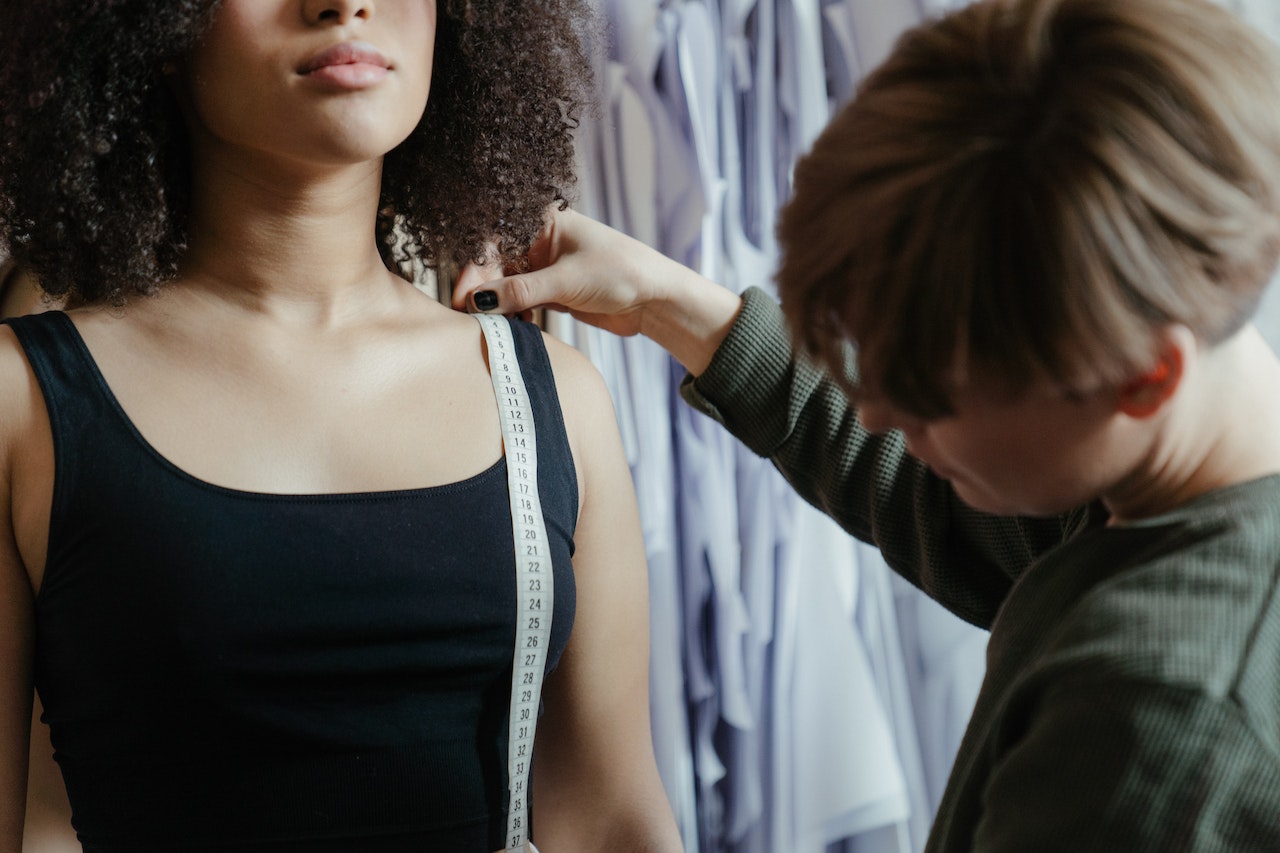
It's been proven that consumers buy based on emotions. Emotions are powerful motivators, and if you can understand the emotions your audience uses to make buying decisions, you will be able to convert more visitors into customers.

Use Buying Triggers
To Turn More Visitors into Customers
Get the eBook that explains what motivates your ideal customers to buy.
In addition to emotional buying, there are also other factors at play. You should consider these factors as a business owner. We'll start with a quick look at the typical buying process. Whether you know it or not, consumers go through a process when deciding to buy something.
As a business owner, it's important to know how to engage with your potential customers during each phase of the buying journey. We show you how in the video on this page, as well as the infographic below.
What Motivates Your Prospects to Buy
Have you ever asked the question, "what motivates potential customers to buy the products and services you offer? And if so, how can having answers to that question help you make better content?
Imagine having insight into your audience and creating content that speaks to the motivating factors behind their purchases. What if you were able to make more connections that leads to more trust? We know that trust leads to mini conversions and mini conversions lead to sales.
Disclaimer: This page may contain affiliate links. If you use these links, I will receive a small commission. However using these links will have no affect on you or your purchase in any way.
There is an underlying motivation behind for pretty much every purchase made by consumers. There are impulse purchases that are also part of the scenario whether the customer is aware of it or not. This article will dissect some of the reasons consumers make purchases online and in person.
This Infographic Summarizes How to Engage During the Buying Process
Psychological Factors
- Motivation - safety needs, social needs, esteem needs and finally heading to self-actualization needs.
- Perception - gathering constant information by simultaneously surfing through the Internet, watching TV, and exploring through our cell phones, the perception we gain through all these resources plays a definite role in regulating our consumer behavior.
- Learning - Every time we purchase a product we get a deeper knowledge about it through experience. This learning mainly depends on our experience, knowledge, and skills.
- Attitudes and Beliefs - We’ve all got certain attitudes and beliefs that consciously or subconsciously influences our purchasing decisions. For instance, while your friend who believes caffeine isn't good for one’s health may prefer tea, you who believe that caffeine energizes us, so you may prefer coffee.
Listen on the Go!
Follow our podcast for more business building tips on the go! Listen to the Creative Impulse on Spotify (below) or wherever you listen to podcasts.
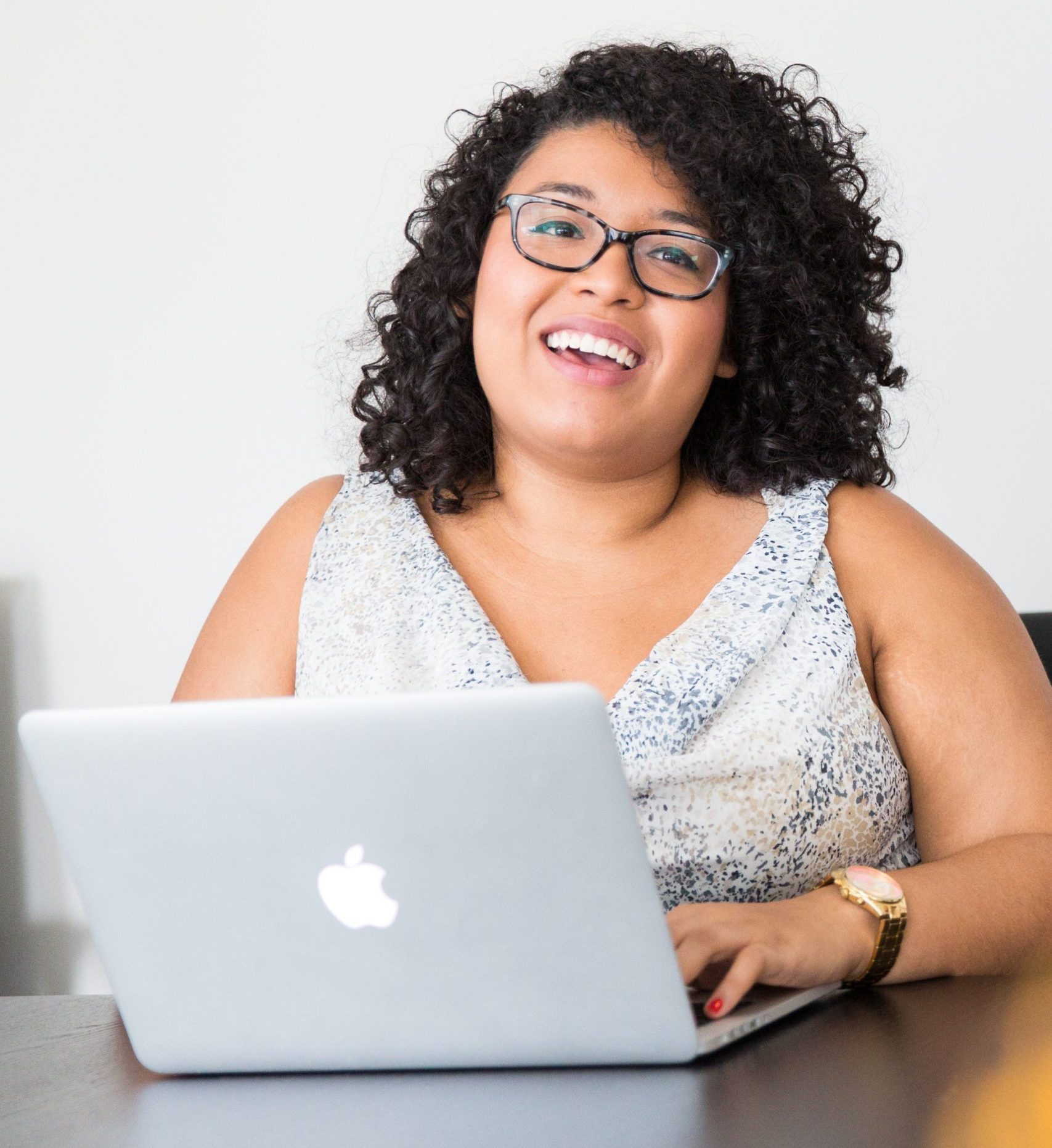
The most important behavior to understand is the behavior of consumers in your niche.
Our attitudes have an effect on our behavior towards a product and also plays a role in shaping the product’s brand image.
Business owners who understand their buyers attitudes and beliefs when creating content and marketing campaigns can select images, words and demonstrations that go a long way to converting visitors into buyers.
Short on Time? Watch a Video That Summarizes It All
Social Factors
- Family - Our families actually have a considerable role to play in impacting our purchasing behavior. We form an inclination or aversion towards certain products from our childhood by observing our families use that product and persist in using those products as we grow up.
- Reference Groups - Our associates. These include clubs, schools, professional or playgroups, churches, and even acquaintances or a group of friends, etc. The people in the reference groups normally have a common pattern of purchasing and an opinion leader who influences them in terms of their buying behavior.
- Roles and Status - We are all of course influenced by the role that we hold in society. The higher position we hold, the more our status affects what and how much we purchase. For instance, the CEO of a company and a normal employee would have a varied buying pattern.
Follow Our YouTube Channel
Subscribe to be notified when we post new videos designed to help you grow your creative business.
Cultural Factors
- Culture - We all have our values and ideologies that are shaped by the values and ideologies of the society we exist in and the community we belong to. Our behavior is consciously or subconsciously driven by the culture followed by that particular community.
India has a massive consumer base with McDonald’s has adjusted its menu to match the tastes and preferences of the local community in whose vicinity it resides. For instance, on account of cows being sacred and widely worshiped in India, chicken has been put in place of beef. The fast-food corporation introduced McCurry Pan in India, a baked menu item consisting of curried vegetables.
Our cultural factors are basically basic requirements, values, wants behaviors, and preferences that are observed and absorbed by us from our close family members as well as other significant people around us. - Subculture - Amongst a cultural group, we have several subcultures. These groups share a common set of values and beliefs. They can consist of people from varied nationalities, religions, caste, and geographies. An entire customer segment is formed by this customer segment.
- Social Class - Each society all over the globe is defined and known by some form of social class. This social class is determined collectively by our family backgrounds, occupation, education, and residence location. Our social class is another component holding the reins for consumer behavior.
Personal Factors
- Age - Age is one of the primary factors that impact our preferences. The vibrant and flashy purchasing choices of a teenager would obviously differ from what an elderly person purchases. Meanwhile, we have middle-aged people who are naturally more focused on purchasing properties, houses, or vehicles.
- For instance, as Baby Boomers proceed for retirement they are targeted by marketers with messages regarding prescription drugs as well as other health care items such as home, financial security, or insurance, all of which are relevant issues with regard to their age.
- Income - Our income definitely impacts our purchasing behavior. The higher our income, the more purchasing power we hold and vice versa. Higher disposable income compels us to spend more on luxurious items while a lower or mediocre income makes us spend more on our basic needs like education, groceries, and clothing.
- Occupation - Our occupation largely steers our purchasing decision making. We all tend to purchase the items that are relevant or suitable for our profession. For instance, a businessman would have a different clothes purchasing pattern in comparison to an artist.
- Lifestyle - Our way of life is one of the most powerful influencers that controls our choices. Our lifestyle dominates our buying behavior quite significantly. Suppose we are on a diet then the products we purchase will also complement our diet, from food, weighing scale to using protein.
For instance, Oprah Winfrey’s brand has been developed to charm women that are socially conscious seekers, readers, idealists, self-helpers, working women, who work towards achieving balance and self-fulfillment.
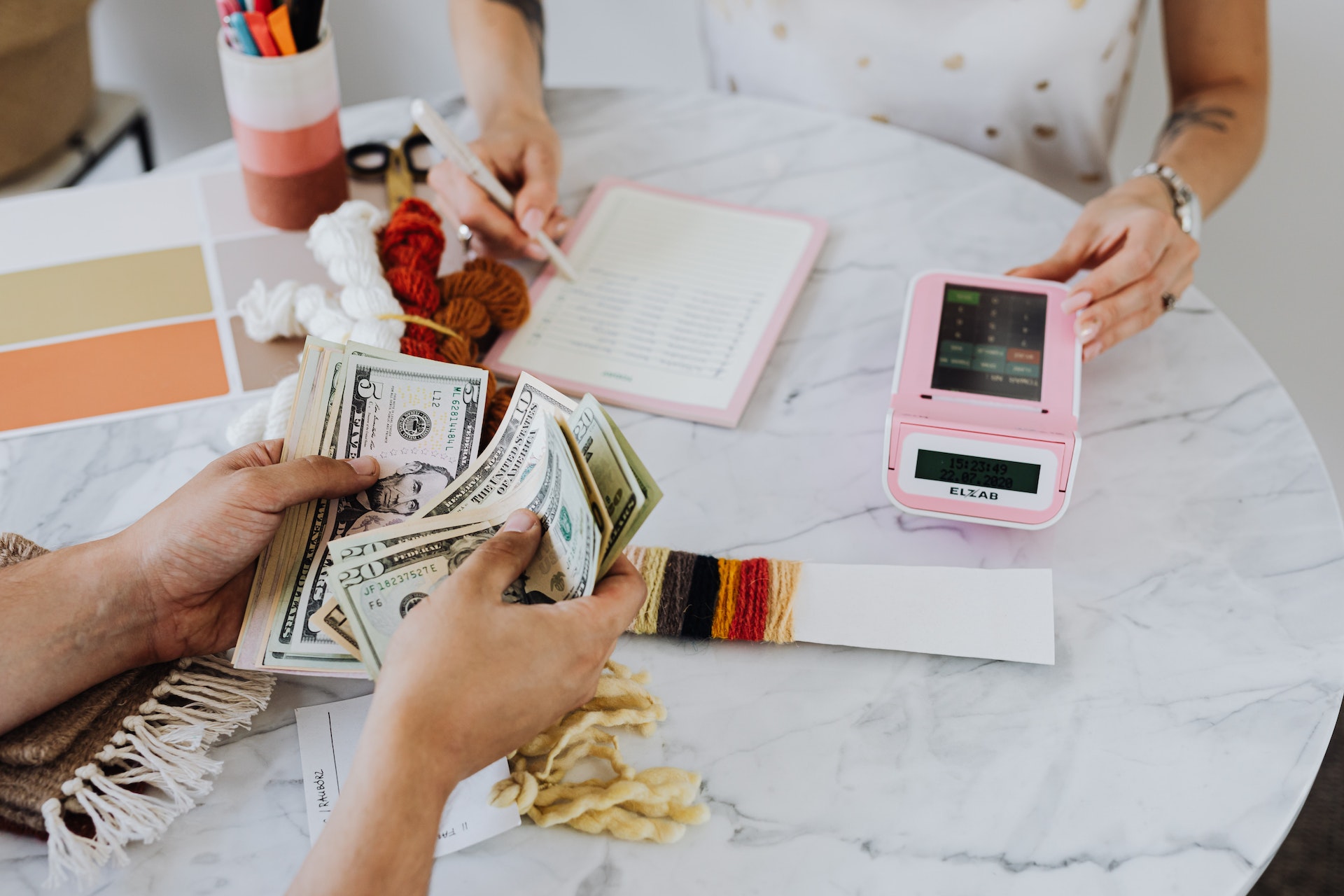
Economic Factors
- Personal Income - Our personal income is the criteria that dictates the level of money we will spend on buying goods or services. There are primarily two kinds of personal income that consumers have, disposable income and discretionary income.
- Our disposable income is mainly the income that remains in hand after removing all necessary expenses such as taxes. The greater the disposable personal income, the greater the expenditures can be for extras. The same would be the case when it is the other way round.
- Meanwhile, our discretionary personal income would be the income that remains after managing all the basic life necessities. This income is also used when it comes to shopping goods, durables, luxury items, etc. An escalation in this income leads to an improvement in the standard of living which in turn leads to larger expenditures on shopping goods.
- Family Income - Our family income is actually an aggregate of the sum total of the income of all our family members. This income also plays a considerable role in driving consumer behavior. The income that remains after meeting all the basic life necessities is what is then used for buying various goods, branded items, luxuries, durables, etc.
- Income Expectations - It's not just our personal and family income that impacts our buying behavior, our future income expectations also have a role to play. For instance, if we expect our income to rise in the future, we would naturally spend a greater amount of money in purchasing items. And of course, in case we expect our income to take a plunge in the near future, it would have a negative influence on our expenditure.
- Consumer Credit - The credit facilities at our behest also impact our purchasing behavior. This credit is normally provided by sellers, either directly or indirectly via banks or financial institutions. If we have flexible credit terms as well as accessible EMI schemes, our expenditure on items is likely to increase and in less flexible credit terms would result in the opposite.
- Liquid Assets - Even the liquid assets we’ve maintained influence our purchasing behavior. In case you are wondering, these are the assets that get promptly converted into cash such as stocks, mutual funds, our savings or current accounts. If we have more liquid assets, there is a greater likelihood of us spending more on luxuries and shopping items. Lesser liquid assets meanwhile result in lesser expenditure on these items.
- Savings - The savings generated from our personal income are also regulating our buying behavior. For instance, if we take the decision of saving more from our income for a certain period of time, our expenditure on goods and services would be lesser and for that period and if we wish to save less, our expenditure on such items would increase.
Impulse Buying
There is a lot to be said about impulse purchases. These purchases fall outside the routine or planned purchases. These purchases are also based on emotional factors.
To learn more about how to identify the emotional trigger that motivate your visitors to make purchases, check out our free mini course, Understanding Why People Buy.
Robbing Peter to Pay Paul
And people for a variety of reasons, have been known to go outside their budget, their normal reasoning to the point of spending money they don't have to buy. If it's something they perceive as a must have, they will rob Peter to pay Paul in order to have the "must-have" extra.
An impulse purchase is defined as an unplanned buying decision that happens just before a purchase occurs. While many consumers like to think that all purchases are planned and considered, that is not the case.
In fact, some studies have indicated that shoppers make at least one impulse purchase each week. Those impulse buys add up to $5,400 each year, on average. Depending on the product, impulse buys can make up to 80% of all sales.
Impulse buying today occurs both in physical stores and during online purchases. Any spur-of-the-moment purchase is considered an impulse buy, from the small pack of gum on the way to the check out to quickly ordering a product from a personalized Facebook ad. They can be triggered by just about anything.
Follow us on social media!
Sell More of Your Creative Products
Learn about four simple systems needed to build a thriving online business. Implement the systems with step by step video training.
